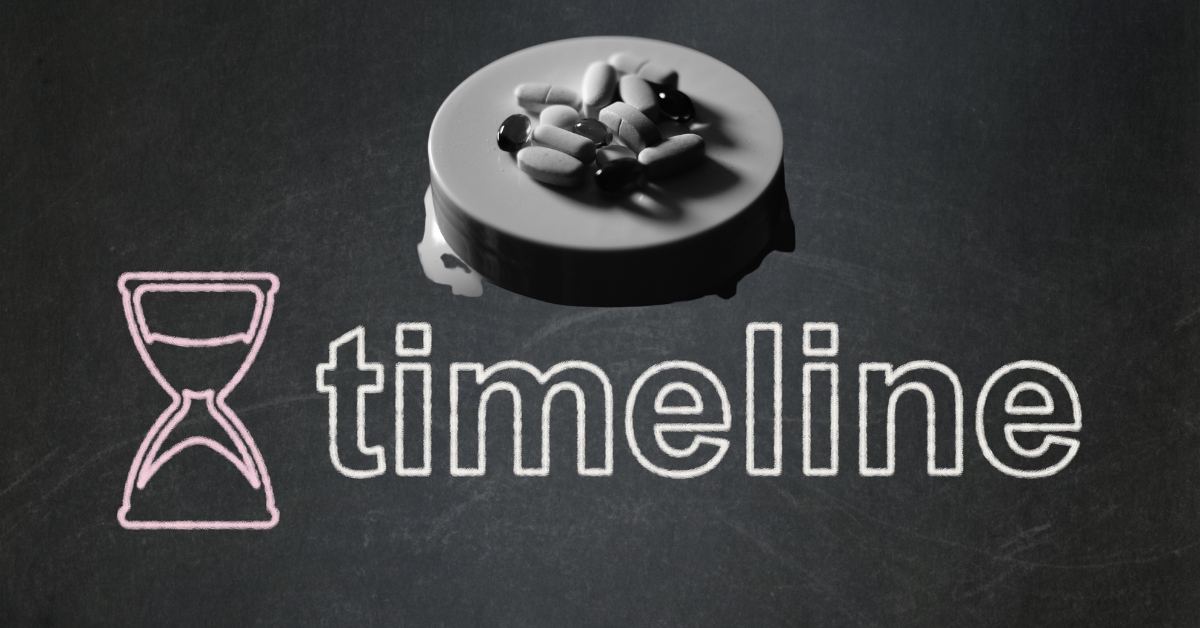The US anti-drug policy had its roots in 1909. It escalated into a full-blown war on drugs during the 1980s and 1990s. This transformation led to substances that were once marketed as healing products by some of the world’s oldest pharmaceutical companies being viewed as the greatest threat to national security since communism.
Officially designated as a war on drugs during the Nixon administration, it was during George Bush’s tenure that the war on drugs took a central role in major domestic and foreign policy decisions. The catalysts for this shift were the $7.8 billion federal anti-drug plan and the National Drug Control Strategy Implementation Act.
The Bush administration’s war on drugs was outlined as a three-tier attack strategy. It encompassed crop eradication programs aimed at eliminating drugs at their source. It also included interdiction efforts to prevent drugs from entering the country and imposing harsh penalties domestically for users and small-scale pushers.
The intensity of the war on drugs continued to rise under both the Clinton and George W. Bush administrations. Federal spending increased significantly for interdiction, law enforcement, and crop eradication efforts. It also had legislation that raised penalties for users and small-scale pushers.
This research topic focuses on comprehending the multifaceted aspects of the drug war. Specific subtopics include crop eradication programs and Plan Columbia, the CIA’s involvement in narco-trafficking, the impact of domestic legislation, and efforts toward drug policy reform.
Timeline of War on Drugs

1971
President Nixon declared drug abuse to be “public enemy number one” and launched the War on Drugs. He established the Special Action Office for Drug Abuse Prevention (SAODAP) to coordinate federal drug control efforts.
1973
The Drug Enforcement Administration (DEA) was established as a federal law enforcement agency to enforce drug laws and combat drug trafficking.
1980s
The crack cocaine epidemic hits inner cities, leading to increased arrests and incarceration rates, particularly for Black and Latino communities. The Anti-Drug Abuse Act of 1986 increased federal penalties for drug offenses, including mandatory minimum sentences, leading to the growth of the federal prison population.
1988
The Office of National Drug Control Policy (ONDCP) was established to coordinate drug control efforts across federal agencies. The ONDCP is responsible for developing and implementing the National Drug Control Strategy, which sets priorities and goals for federal drug control efforts.
1989
The National Institute on Drug Abuse (NIDA) launched the Community Epidemiology Work Group (CEWG) to monitor trends in drug use and abuse in cities across the United States.
1990s
The Clinton Administration continues to focus on the War on Drugs, leading to a further increase in arrests and incarceration rates. The 1994 crime bill provides billions of dollars in funding for law enforcement and prison construction, leading to a significant increase in the federal prison population.
2000s
Critics begin to question the effectiveness of the War on Drugs and its disproportionate impact on communities of color. Some states have begun to implement alternatives to incarceration, such as drug courts and treatment programs.
In 2000, the ONDCP launched the Drug-Free Communities Support Program, which provides funding for community-based drug prevention programs.
2010s
The opioid epidemic has become a major public health crisis. It led to increased attention to the need for a public health-oriented approach to drug policy. In 2016, the Obama Administration announced a shift towards a more public health-oriented approach to drug policy, but federal drug control efforts continue to prioritize enforcement and interdiction.
In 2017, the ONDCP launched the National Drug Early Warning System (NDEWS). It provided real-time surveillance of emerging drug use trends and drug-related harm.
2018
The Trump Administration takes a hardline approach to drug policy. They reinvigorated the War on Drugs and increased federal drug enforcement efforts. In 2018, the ONDCP launched the STRIDE (Strategic Transnational Initiative for Drug Enforcement) program, which provides funding for international drug enforcement efforts.
2021
With a new administration in the White House, there was hope for a shift. It had to move towards a more evidence-based, public health-oriented approach to drug policy in the United States.
In 2021, the Biden Administration announced a comprehensive approach to drug policy. It prioritizes public health and harm reduction and invests in evidence-based treatment and prevention programs.
CIA Involvement in Narco-Trafficking (War on Drugs)

- Carl A. Trocke. Opium, Empire, and the Global Political Economy. Rutledge Publishers: UK. 1999.
- Michael Levine. The Big White Lie: CIA and crack/cocaine epidemic: an undercover odyssey. Thunder’s Mouth Press: NY. 1993.
- William Leary. Perilous Missions: Civil Air Transport and CIA covert operations in Asia. University of Alabama Press: Alabama. 1984.
- Alexander Cockburn and Jefferey St. Claire. Whiteout: CIA, drugs, and the press. Verso: London, NY. 1998.
- Christopher Robbins. Air America. New York: G.P. Putnam. 1979.
- Thomas McCann. An American Company: The Tragedy of United Fruit. New York: Crown Publishers. 1976.
- Douglas Valentine. The Strength of the Wolf: The Secret History of America’s War on Drugs. Verso: London, NY. 2004.


